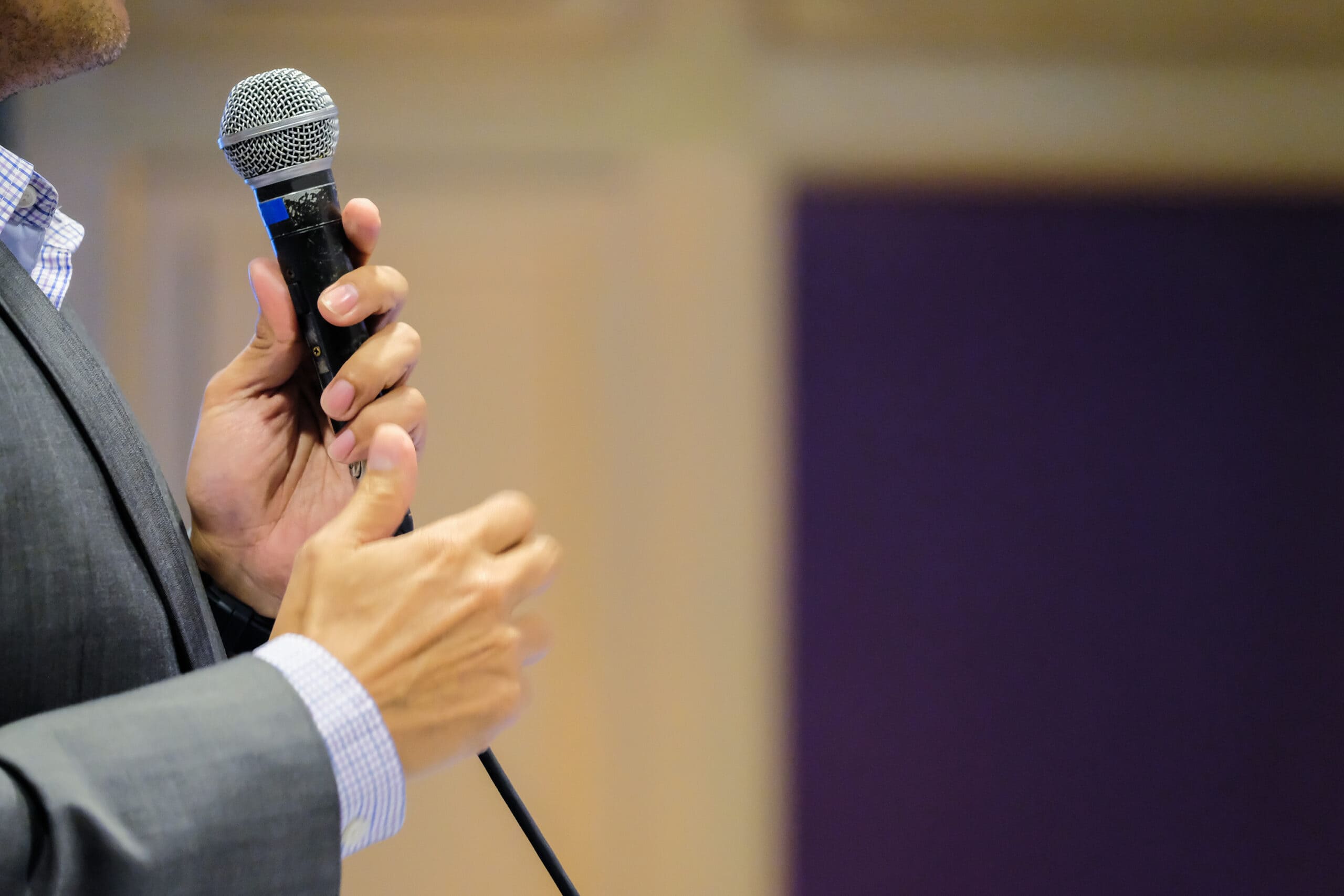
Cross-cultural communication continues to be a challenge in our increasingly hyper-connected world. In most organisations, public speaking events and conference meetings, your audience will consist of people from diverse backgrounds, who have come from different cultures than the one they find themselves in today and will therefore have different perspectives that affect the way they communicate with others.
Understanding how to communicate effectively with people from other cultures is undoubtedly one of the most important aspects of successful business communication, and a key priority for business leaders to get their message across.
At its heart, cultural diversity is about embracing and respecting people’s differences and realizing that everyone is unique. To do it effectively as a public speaker, you need to understand your audience and construct your message in a way that will be understood and resonate with them.
As a Japanese native who has lived and worked in New York, I know first-hand how communication can break down whenever ‘assumptions’ are made about my nationality, language and culture. One of my keynotes focuses on this very message: ‘How to speak effectively beyond differences’ so I’m going to share some ideas and techniques from that to help you use diversity and inclusion in order to enhance your business communication.
- Understand the concept of diversity and inclusion
Diversity encompasses everything that makes us unique as individuals. This includes our backgrounds, personalities, life experiences, and beliefs. In other words, all the things that shape who we are. Our individual differences come together to form our worldviews, perspectives, and approaches.
Being part of a diverse workforce, allows us to embrace and to celebrate the rich dimensions of diversity within everyone and place positive value on diversity in the community and in the workforce.
- Learn about different cultures
Establishing relationships with co-workers from backgrounds different from our own can help us become more familiar with other cultures and open up new experiences. It’s common to feel most comfortable around those who share similar preferences and traditions, but it’s beneficial to get to know everyone at work. Keep in mind that some of your colleagues may be new to your country and are still trying adapt to a new language, customs, and way of life. They may have their own set of unique challenges.
Sharing cuisine or a meal out with someone by going to an authentic restaurant from their culture will allow you to share great conversation and enjoyable food where you can learn about their culture.
- Respect cultural differences
When interacting with people from other cultures, it’s important to remember that they may do things differently than you. Rather than judging or criticizing their actions, try be curious why they do things the way they do. After all, we all have our own way of doing things – it’s what makes us unique. When we show respect for others’ cultures and ways of doing things, it builds bridges and strengthens relationships.
Different cultures also have different ideas about what is considered to be polite behaviour, how to treat positions of authority and the appropriate conduct for business meetings.
- Be aware of your own cultural biases
When communicating with people from other cultures, it’s important to be aware of your own cultural biases. We all have them, and they can often affect the way we interpret someone else’s actions or words. For example, if you come from a culture where speaking up in meetings is considered rude, you may not feel comfortable doing so when interacting with colleagues from other cultures. Remember that just because something is considered polite in your culture doesn’t mean it is in others.
- Be mindful of body language
Non-verbal communication plays a large role in how we communicate with others. Make sure that your body language is open and positive. Avoid crossing your arms or legs, which can be seen as defensive gestures.
Non-verbal element consists of tone of voice (38%) and body language (55%). Gestures, eye contact, greetings, and physical contact can have very different meanings in different cultures so if you are attending a business meeting where you know there may a diverse range of cultures there, or speaking at an event, learn as much as you can about the country’s etiquette, values, and styles of communication before the event.
- Take care with humour
Although humour can be a great way to break the ice and build rapport, it can also be misinterpreted if you’re not familiar with the cultural norms of the person you’re speaking to. For example, what may seem like an innocent joke to you could be insulting or offensive to someone from another culture.
- Understand high and low context cultures
High context cultures have a communication style that is based on body language, tone, and overall context. Many Asian and Arabic countries—like China, Korea, and Saudi Arabia—fall into this category. In high-context cultures, communication cues are transmitted by posture, voice inflection, gestures, and facial expression.
Low context cultures (such as those in North America, Scandinavia, and Germany) on the other hand are more explicit in their communication style. In this case, the exact meaning of words is important. Low context cultures tend to be logical, analytical, action-oriented, and concerned with the individual.
Learning and being aware of how different cultures in business communicate and interact is an essential leadership skill.
My online course ‘The Art of Persuasive Speaking in Global Business’ is a mastermind of knowledge that I’ve created from my experience of living, working and communicating in different cultures and styles and these strategies will help you become more effective in a culturally diverse business setting.


